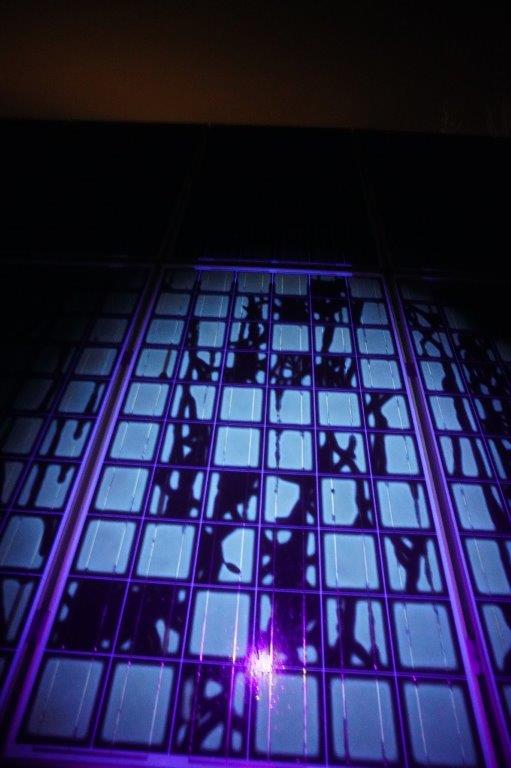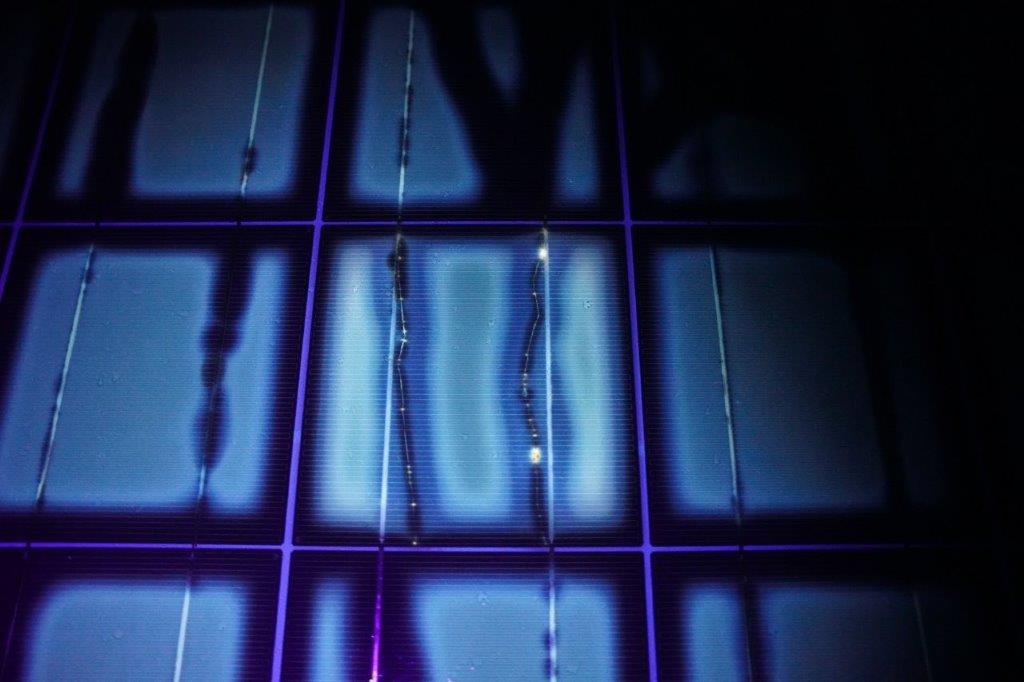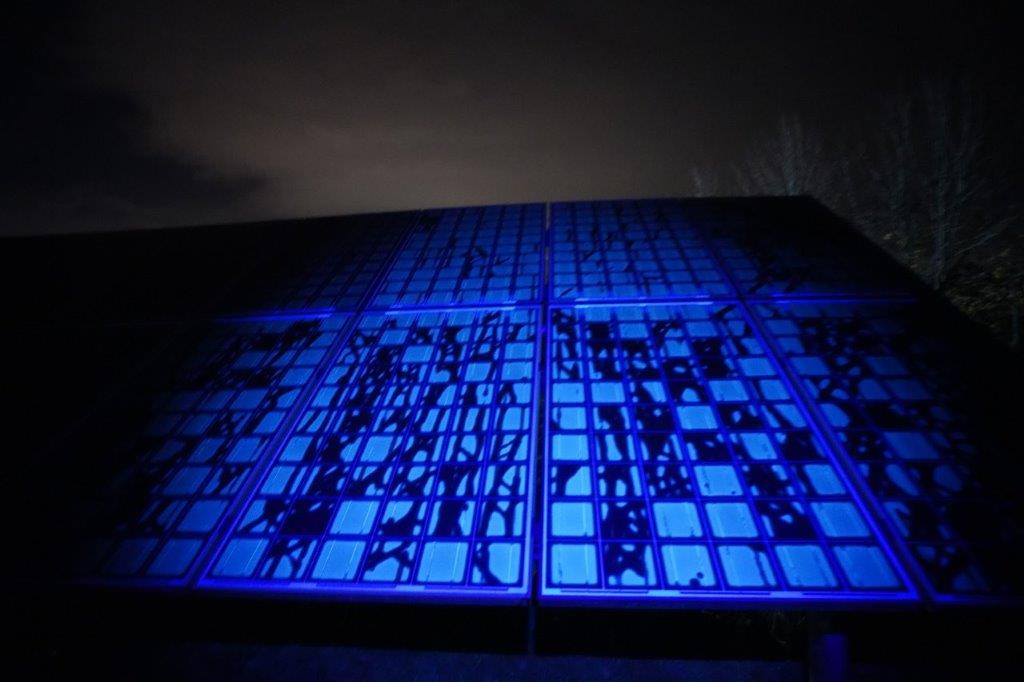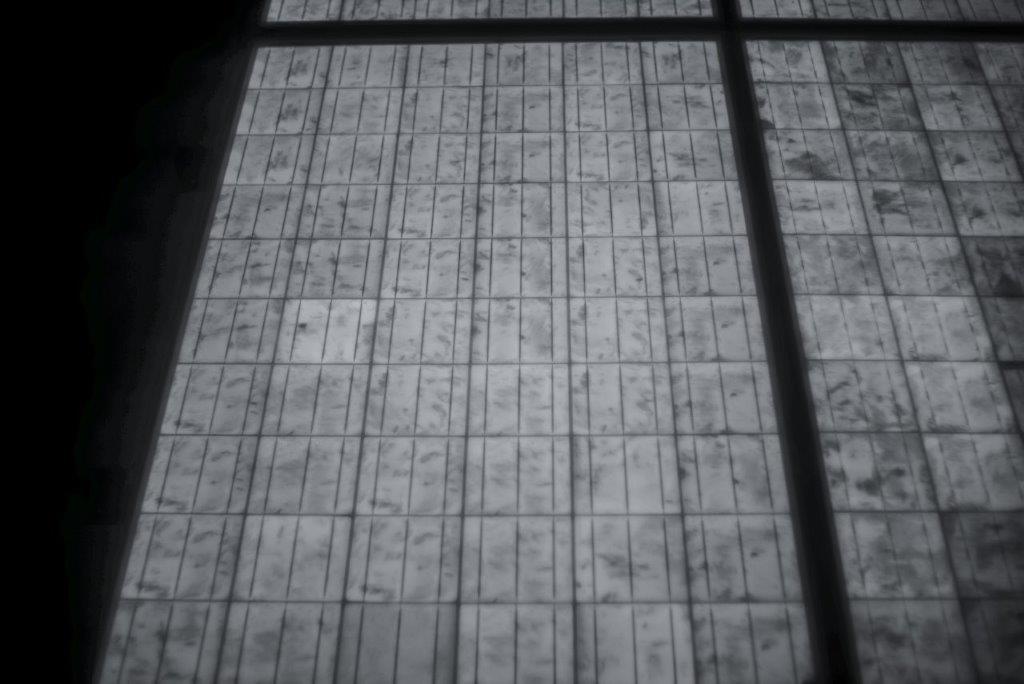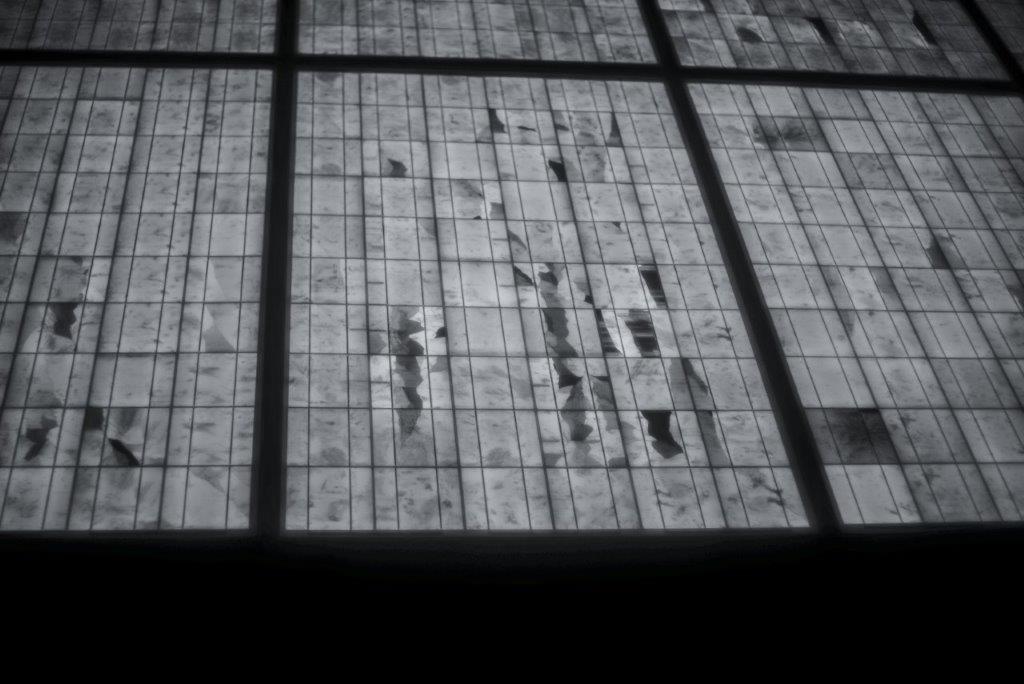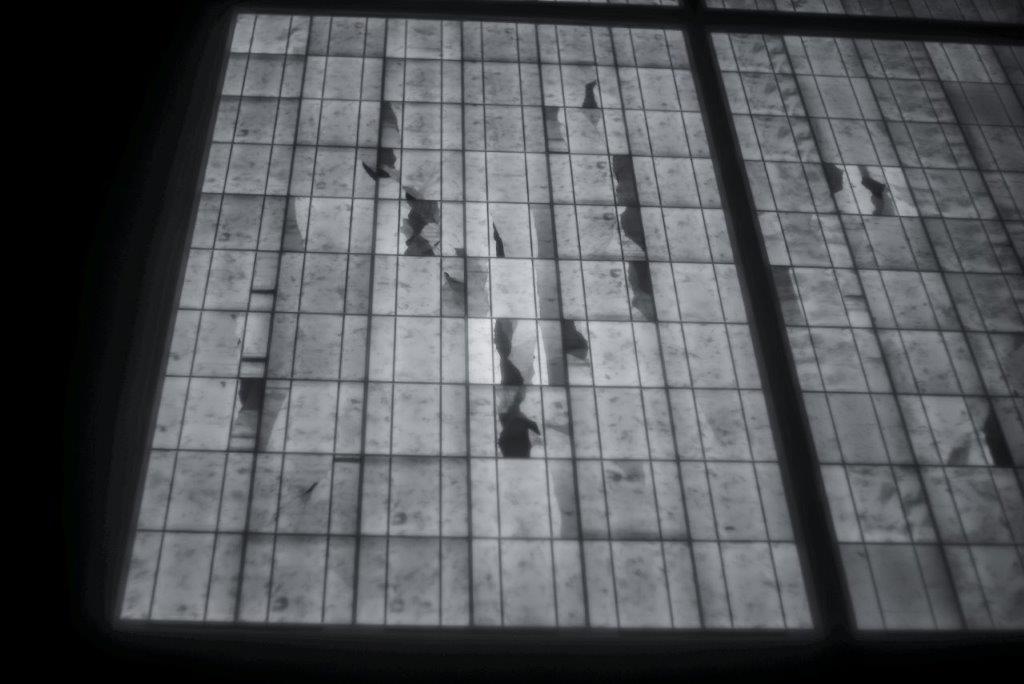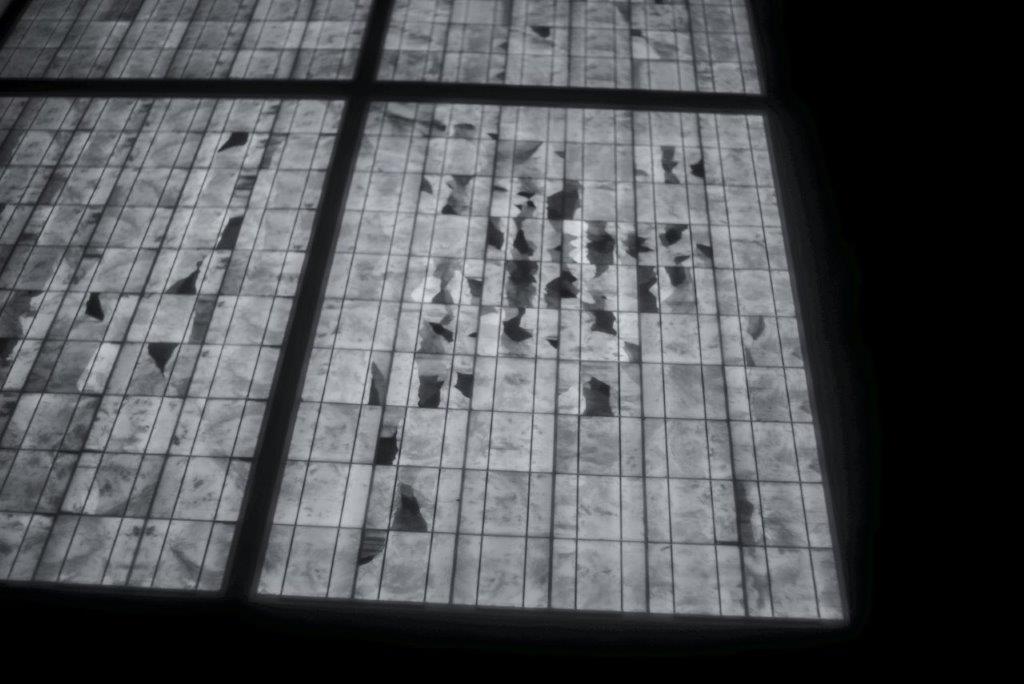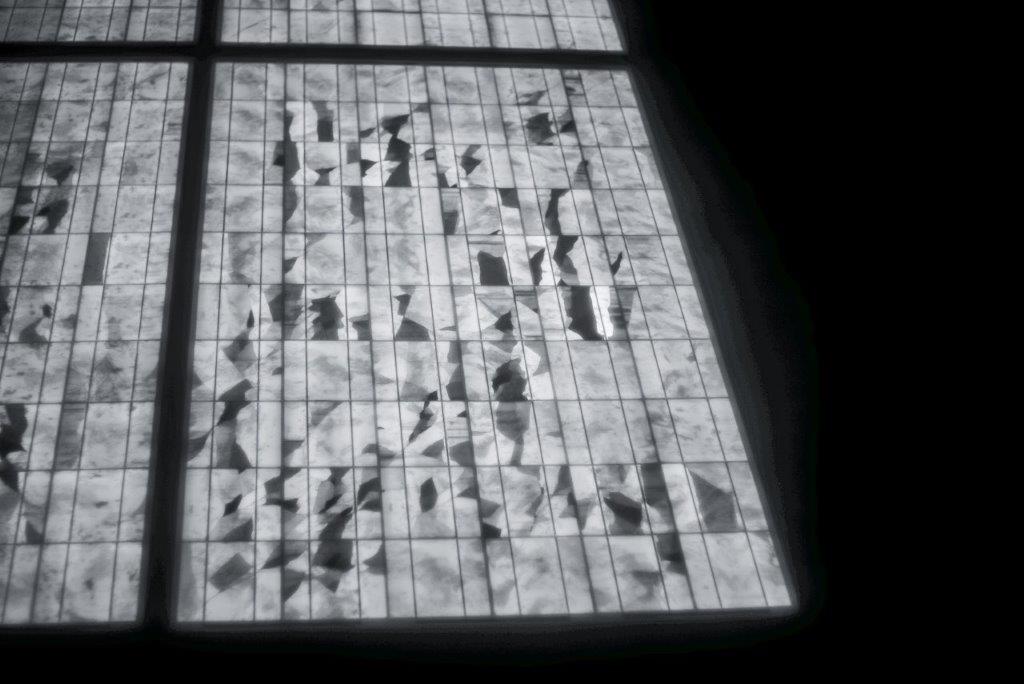During an annual UAV thermal inspection it was obvious that there were above average amounts of hotspots at this particular site.
The small 5MW site had 225 hotspots of delta temperature less than 20degC, and 212 that were over 20degC. That is ‘genuine’ hotspots, not including those that are created by soiling or shading, but those that indicate a probable cause within the module itself.
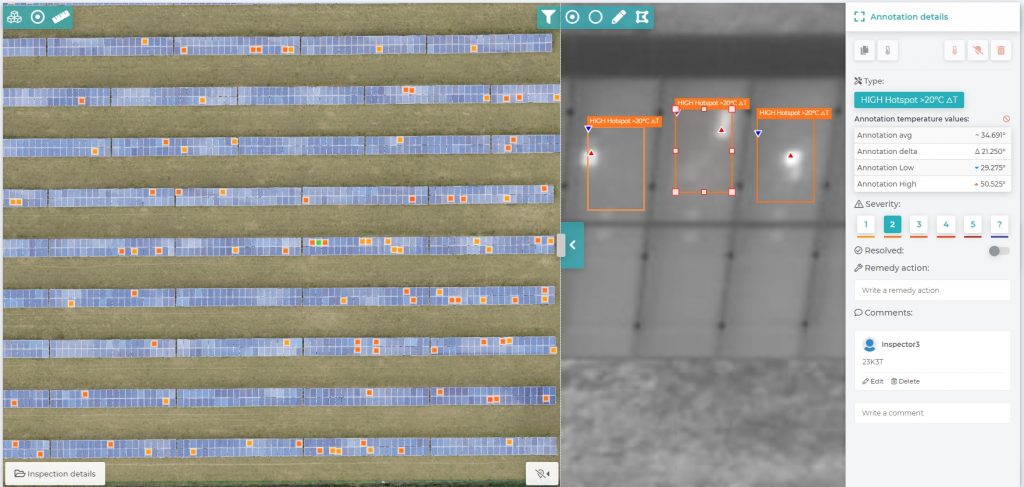
Intrigued, we flew a portion of the site to collect some High Definition Visual Inspection (HDVI) data. This done by flying a lot lower and using state-of-the-art RGB (visual) sensors. The data revealed a large amount of ‘snail trails’ that were visible to the naked eye.
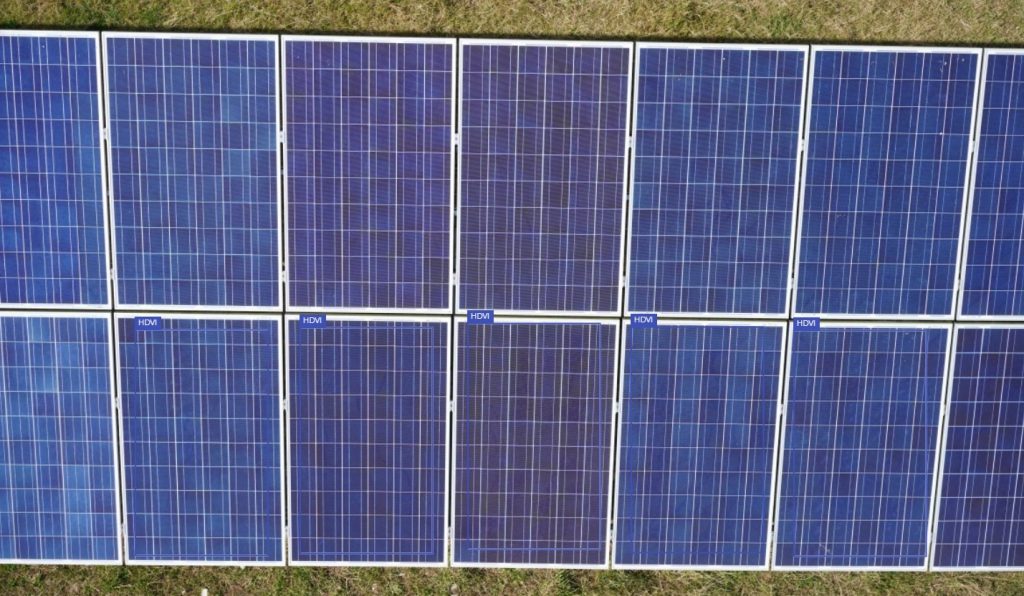
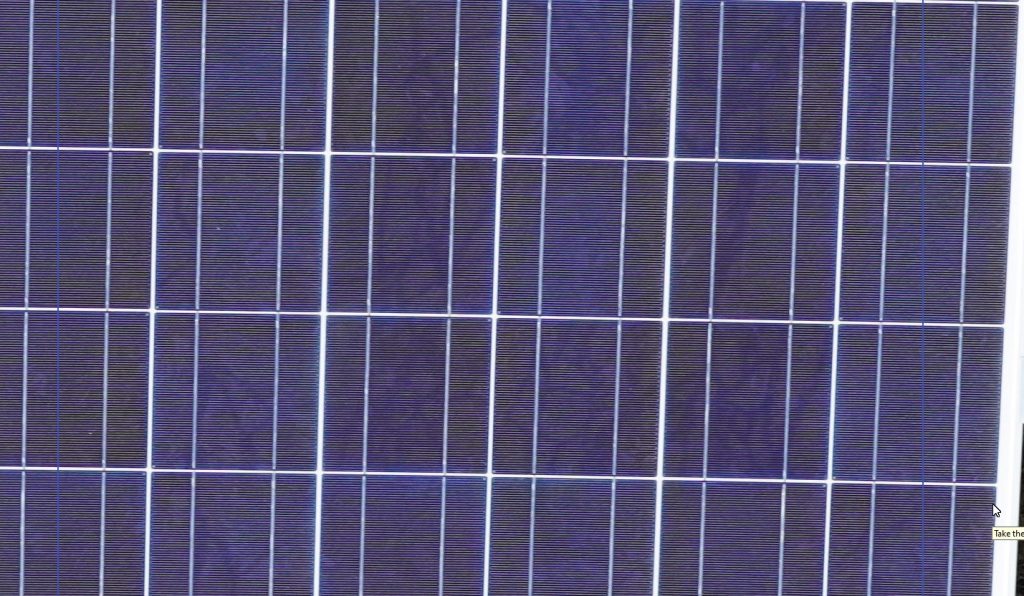
Later in the year we returned, after dark, to inspect the system using Ultra-Violet (UV) light. This can be a useful tool, particularly for modules that are older, to quickly highlight the prevalence of potential damage to the PV cells. It is easy to use because it doesn’t require any current to be flowing in the system, but still doesn’t quite give you the full picture.
Excited by the results from the UV (genuinely!), it was time to take things a step further and apply some electroluminescense (EL) testing. This requires a DC current to be applied to each string which causes a light emission that can be detected by a suitable sensor.
EL can detect a number of faults within the PV module such as:
- Broken cells and micro-cracks.
- busbar contact defects
- missing or interrupted screen-printed fingers
- foreign matter in the crystalline silicone
- Short circuit
Obviously it takes a professional to diagnose such faults. Cracked cells are also graded into different severity levels based on the size and orientation of the crack. Major defects can reduce the module power by around 3%, which is exacerbated as it upsets the balance of the rest of the system.
Feel free to get in touch for more info….

